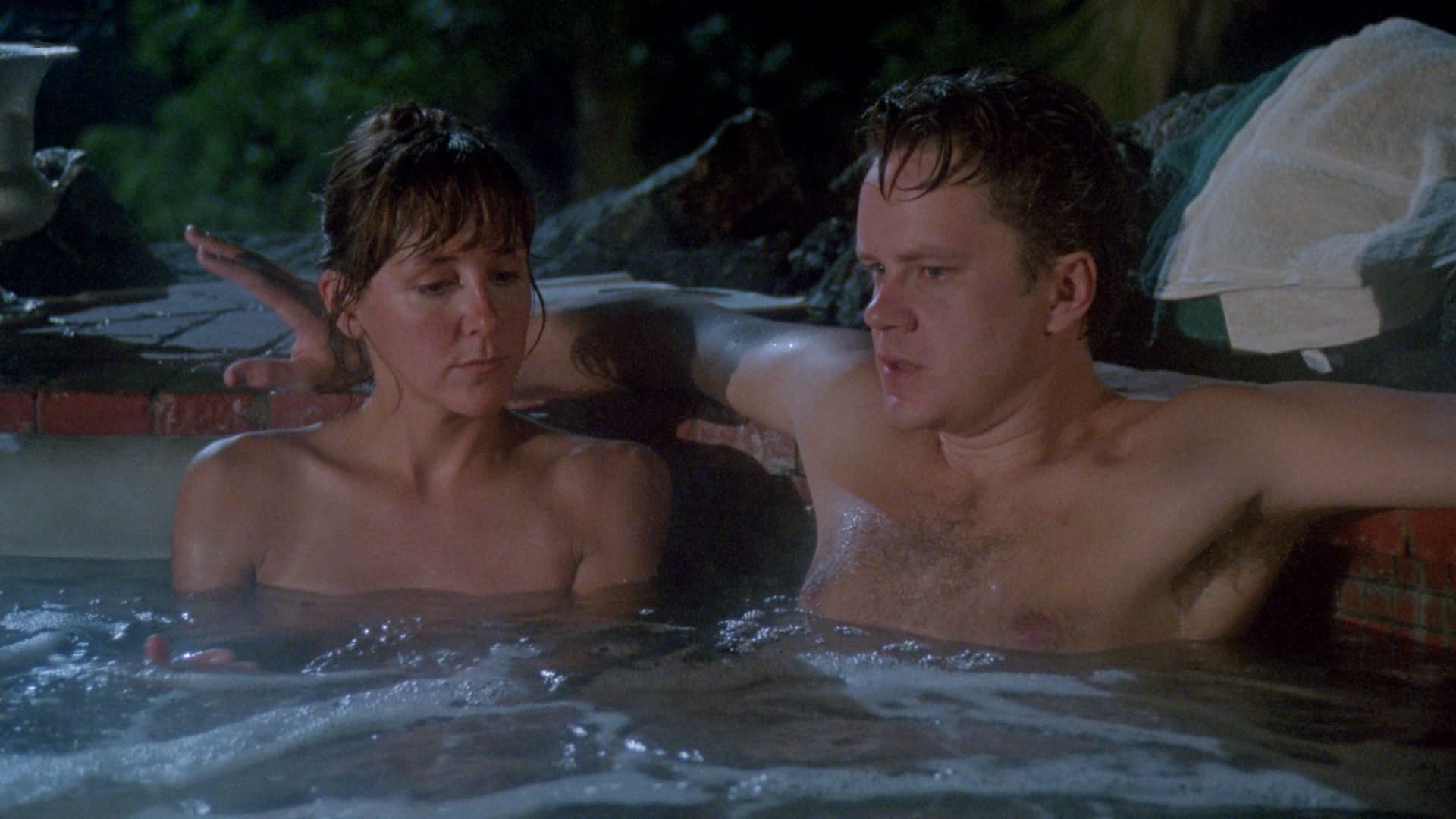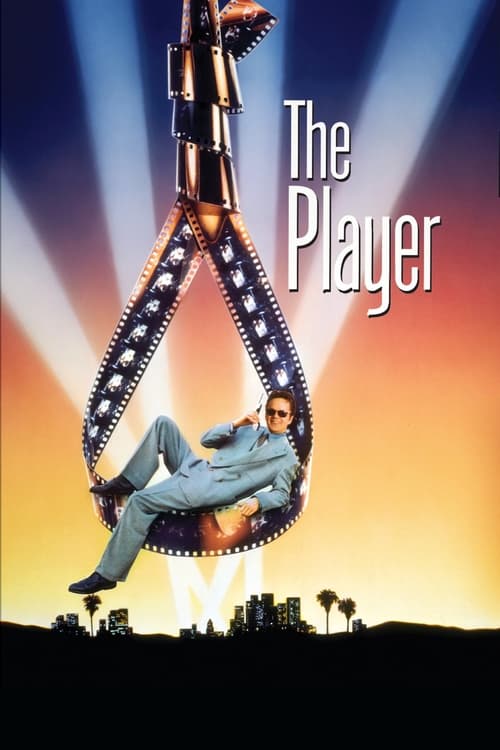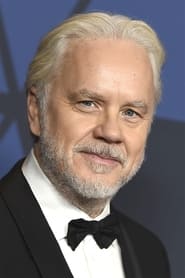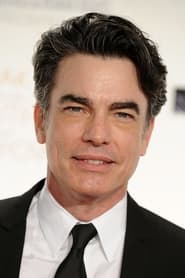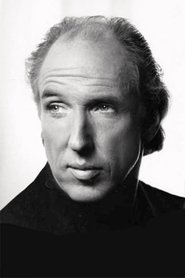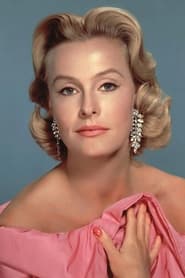Cast
View AllTim Robbins
as Griffin Mill
Greta Scacchi
as June Gudmundsdottir
Fred Ward
as Walter Stuckel
Whoopi Goldberg
as Detective Avery
Peter Gallagher
as Larry Levy
Brion James
as Joel Levison
Cynthia Stevenson
as Bonnie Sherow
Vincent D'Onofrio
as David Kahane
Dean Stockwell
as Andy Civella
Richard E. Grant
as Tom Oakley
Sydney Pollack
as Dick Mellen
Lyle Lovett
as Detective DeLongpre
Dina Merrill
as Celia
Angela Hall
as Jan
Leah Ayres
as Sandy
Crew
Director
- Robert Altman
Producer
- Nick Wechsler
- David Brown
- Michael Tolkin
Reviews
Filipe Manuel Neto
**A remarkable work.**
This is one of those films that I decided to watch without having a clear idea of what I was going to find. I know that there are many people who like to know, read and even watch the trailers to decide what to watch, and I also do this moderately, but one of the sensations I like most in the cinematic experience is surprise, that feeling of pleasure, difficult to describe, that happens when a film pleases us and surprises us. Of course, the opposite could happen, the surprise could be bad, and the film could be magnificent rubbish. It happens! But I think you understand me...
Robert Altmann is not a director I know much about. As far as I remember, I've only seen one film of his, “Shortcuts”, and I wasn't particularly impressed. However, I think any director has their ups and downs, and you can't categorize anyone for just one film or two. In this film, Altmann surprises in a positive way, with very careful direction and an attention to detail that I was very pleased with. The cinematography is good, the editing is very well done, and the rhythm is quite pleasant, with no dead moments. The opening scene is a true cinematic masterclass, with almost ten minutes without cuts and lots of camera movement. And throughout the film, the feeling that prevails is that we are led to peek, in secret, into a story that no one wants to be known.
The script fits perfectly into this feeling of secrecy, taking us behind the scenes of the film industry through the hands of an arrogant and obnoxious producer who finds himself the target of anonymous death threats. He decides to question the person he suspects of, a screenwriter he ignored for many months, and ends up killing him. From then on, viewers are invited to follow him in his attempts to hide everything, along with the studio he works for, which has little interest in scandals. This is, obviously, a punch in the stomach of the Hollywood industry, where there is no shortage of unscrupulous, arrogant, pedantic, obnoxious people, willing to do anything for ambition, and where the moral conduct of the studios has not always been the most immaculate, preferring to ignore and /or hush up compromising situations whenever possible.
With these characteristics, the film had everything to cause hives in many people within the industry. However, it did surprisingly well, garnered a lot of praise, a good box office and was nominated for three Oscars, continuing to be, even today, a film that is regularly shown on TV channels specializing in films. If the technical quality and the intelligent and scathing story are fundamental, the cast also contributed with the union of talents of several renowned actors. Tim Robbins leaves us with one of his most notable works as an actor, with a consistent and impactful acting, and is elegantly accompanied by Greta Scacchi who, in addition to resisting the idiotic idea of appearing naked for no reason, knew how to interpret her character in a deep and controversial. In addition to them, the film also features good performances by Pater Gallagher and Whoopi Goldberg in minor characters, and with a veritable rain of cameos and brief appearances by actors, screenwriters and others, playing themselves, with many of them agreeing to donate the salary for that single day of filming for a social project at the time. The procession of notables is almost endless, making this film perhaps the American film with the most cameos and guest stars in the history of commercial cinema.
Jun 9, 2024
CinemaSerf
It’s the job of “Griffin” (Tim Robbins) to secure good storylines for his Hollywood studio and he’s good at filtering out the wheat from the chaff. The thing is, though, he’s getting on a bit and there are rumours abounding that he is on his way out. When “Levy” (Peter Gallagher) arrives from an erstwhile competitor, the writing looks more like it’s on the wall than on the page. He’s also been having some difficulties with a mysterious stalker whom he’s spurned, professionally, at some stage and who is now bombarding him with threatening postcards. Finally, there’s his more off than on relationship of convenience with “Bonnie” (Cynthia Stevenson) to which he is surprisingly indifferent. Under pressure and under siege, his tormentor starts to get under his skin so he determines to get to the bottom of that whilst cleverly manoeuvring his new rival into a cul-de-sac that can only end one way! What now ensues sees a plethora of genuine stars pepper a film that allows Robbins to show us a character that’s shrewd, ruthless and charmingly shallow whilst at the same time not averse to taking drastic measures. It’s those that attract the attentions of tenacious detective “Avery” (Whooping Goldberg) who has a dead body, nobody to pin it on and is curious about the burgeoning relationship between the girlfriend of the deceased (Greta Scacchi) and this outwardly brash and smarmy film executive. This has all the ingredients of a comedy thriller with loads of glamour, a good deal of pithy dialogue and it sends up the Hollywood mentality satirically and plausibly. Robbins is in his element and exudes a sort of selfish obnoxiousness that’s actually quite likeable as he treads on the eggshells of a fickle and unforgiving business. It packs a lot of story into two hours, raises a smile and an heckle in equal measure and is probably Robbins’s best performance to date.
Mar 5, 2025
Thematic Analysis
As a dramatic work, The Player examines complex human relationships and emotional struggles against the backdrop of a period setting that reflects societal issues of its time. The character development particularly stands out, offering viewers a chance to reflect on their own life journeys.
Director Robert Altman brings their distinctive visual style to this film, continuing their exploration of themes seen in their previous works while adding new elements. Their approach to character development and emotional depth creates a viewing experience that rewards close attention.
Released in 1992, the film exists within a cultural context that now offers viewers historical perspective on the social issues of that era. Its critical acclaim reflects its artistic achievements and its place in cinema history.
Did You Know?
- The production of The Player took approximately 16 months from pre-production to final cut.
- With a budget of $8.0 million, the film proved to be a financial success, earning back its investment and more.
- The final cut of the film runs for 124 minutes, though the director's initial assembly was reportedly 161 minutes long.
- Several scenes were filmed in multiple locations to capture the perfect setting.
- The cast underwent specialized training for 5 weeks before filming began.
- The costume department created over 430 unique costume pieces for the production.
Historical Context
- In 1992, when this film was released:
- Globalization was accelerating economic and cultural exchange.
- The end of the Cold War was reshaping global politics.
- Independent cinema was growing in influence, challenging the dominance of major studios.
How This Film Stands Out
While The Player shares thematic elements with other films in its genre, it distinguishes itself through its unique approach to storytelling, visual style, and character development.
Unlike Contact, which takes a more conventional approach to its subject matter, The Player subverts genre expectations by exploring its themes with greater nuance.
While films like The Bridges of Madison County and The Shining explore similar territory, The Player stands apart through its deeper exploration of its central themes and more complex characterization.
This film's unique contribution to cinema lies in its bold artistic choices and willingness to challenge viewer expectations, making it a valuable addition to its genre.
Details
- Release Date: May 8, 1992
- Runtime: 2h 4m
- Budget: $8,000,000
- Revenue: $21,706,101
Where to Watch





